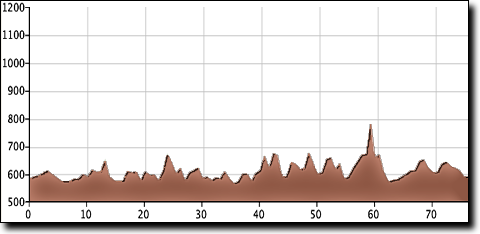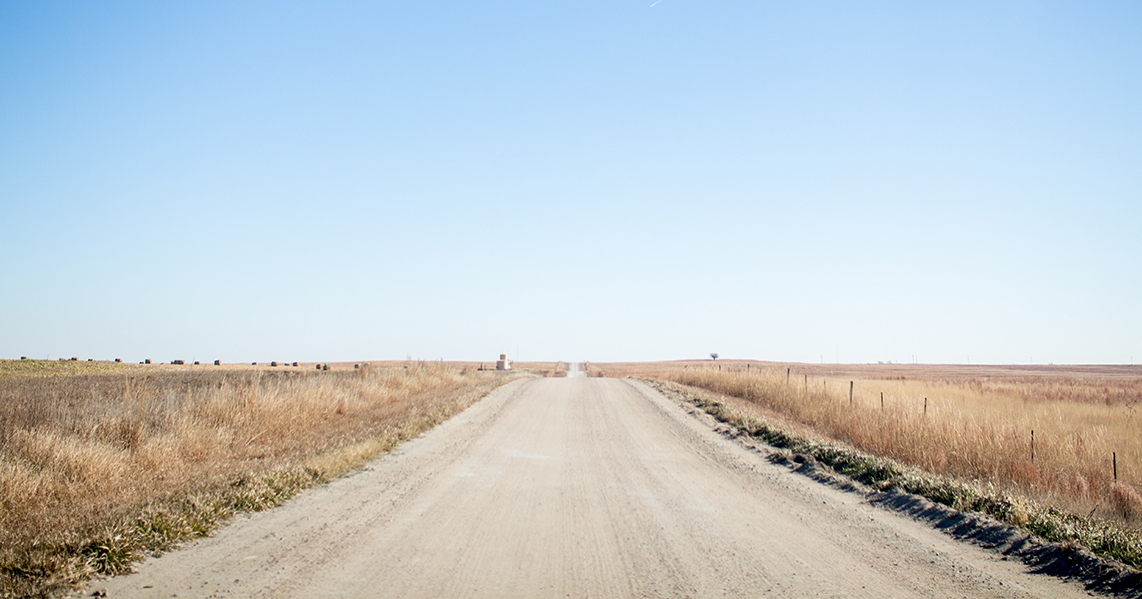
This study will build from that foundation to identify and set in motion the following steps to finally deliver on those promises made.

These are all more advanced planning elements beyond visioning and ideas collected in previous planning studies. If winning this grant succeeds, the planning study will assess existing conditions, opportunities, and constraints, including constructability, multimodal traffic circulation, market demand, and project financing. This 1.4-mile-long trench serves limited value to the transportation network, is a safety hazard with large grade separations and high-speed traffic, and is an eyesore dominating the landscape.īaltimore City is seeking a federal grant through the Reconnecting Communities Pilot Program to help us advance overdue improvements in West Baltimore. Roughly 50 years later, the road remains a physical and symbolic barrier to progress, dividing large swaths of West Baltimore that were once connected. Ultimately, the strong community advocacy of the neighborhoods prevailed but not before the West Baltimore section of Route 40 was constructed, thus earning the local moniker the "Highway to Nowhere." Construction resulted in the demolition of 971 homes and 62 businesses, subsequently displacing approximately 1,500 residents, many of whom were Black.


However, those highway connections were never completed. The Highway to Nowhere is a remnant of past efforts to connect Interstate 70 with Interstates 83 and 95 around Baltimore’s Central Business District.


 0 kommentar(er)
0 kommentar(er)
